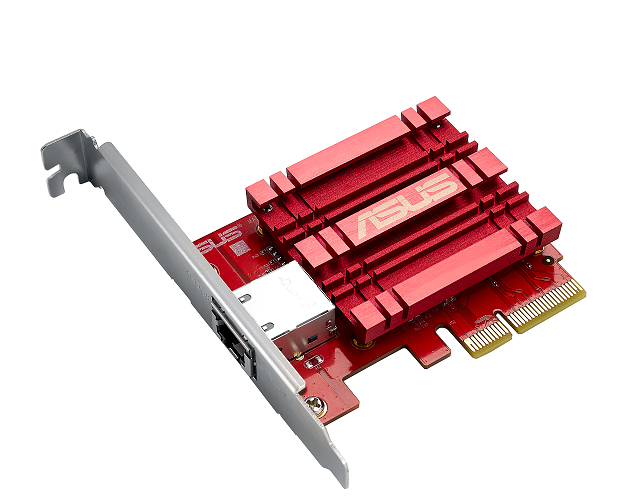
ASUS releases affordable XG-C100C 10Gbps PCIe network adapter for Windows and Linux
Do you need a 10Gbps network adapter? I am going to go out on a limb and say no. Many homes only use Ethernet for the internet -- not transferring files between machines on the network. While some businesses could absolutely benefit from the speed, installing such a card in a workstation would be pointless without a 10Gbps network to which it could connect. That's the thing, to get the full speed of such a card, you need a compatible network, which you probably do not have.
I say all of this to highlight that a 10Gbps PCIe network adapter card for consumers is as bit silly right now, but that hasn't stopped ASUS from making one. Today, the company announces the XG-C100C 10Gbps PCIe network adapter for both Windows and Linux. While not the first 10Gbps card, it is surprisingly affordable.

Forget 'Steam Summer Sale' -- check out the Microsoft Xbox and PC 'Ultimate Game Sale'
Summer is here, meaning many folks will spend time outdoors at places like the beach, the park, or in the pool. Let's be honest though, not everyone is into going outside. If you are like me, rather than relaxing in the sand or playing in the water, you might choose to play video games, watch movies, or chat on IRC instead. There is no shame, guys.
Now is the time that Steam historically has its PC game sale for the summer, but the company is getting some major competition from Microsoft. The Windows-maker is once again having its own discount celebration called "Ultimate Game Sale." Unlike Steam, which only offers PC game deals, Microsoft is also offering Xbox One title discounts too. In fact, you can even go into a retail Microsoft Store to pick up the games.

Apple introduces Wi-Fi sharing in iOS 11
There are lots of new features in iOS 11 that will make the operating system more usable on iPhones and iPads. Apple has not previewed all of them at WWDC 2017 though, with one of the lesser-known additions being Wi-Fi sharing.
Normally, when you have guests who want to use your Wi-Fi you have to tell them the password so they can connect to the network. However, for iOS 11 users, the Wi-Fi sharing functionality removes this step from the process, letting you wirelessly send the password to their iPhones and iPads. How does it work?

Linux Mint-powered MintBox 2 has security vulnerability -- needs Microsoft Windows to fix it
There is a belief that Linux-based computers are inherently secure, and yeah, there is some truth to that. With that said, no operating system, kernel, or hardware is infallible. All computers have vulnerabilities and can ultimately be hacked.
A good example of this is the Linux Mint-powered MintBox 2. While the diminutive PC is not built by the Linux Mint team (it is merely a rebranded Intense PC), it is supported by them. Today, it is revealed that the computer is suffering from a dangerous vulnerability that can impact the machine's BIOS. Luckily, a patch is available.

Split and join MP4 videos with MP4Tools
MP4Tools is a cross-platform collection of tools for the lossless splitting and joining of MP4 files. The package is the project of Alex Thuering, the developer behind DVD authoring application DVDStyler.
Installing MP4Tools gets you two applications, MP4Splitter and MP4Joiner. Despite the single "MP4Tools" brand, they’re separate programs with no integration.
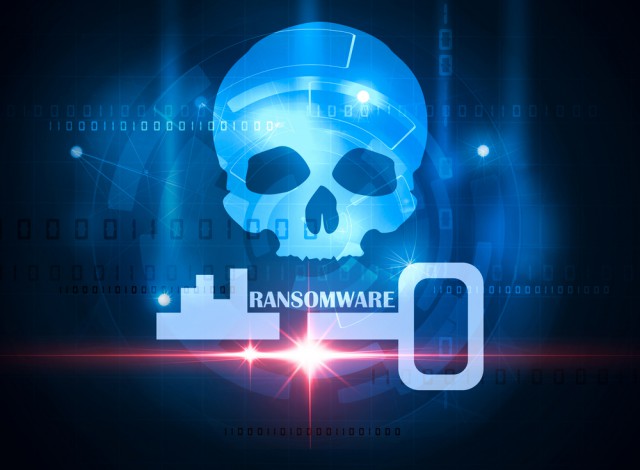
WannaCry: How to recover encrypted files
The WannaCry ransomware has made a huge mess across the globe, affecting hundreds of thousands of PCs, including critical devices in the healthcare sector. It is so dangerous that Microsoft released a public patch for Windows XP, after it dropped support three years ago.
Of course, the patch did not stop Windows XP users from getting infected, but, thankfully, a decryption tool, called WannaKey, is now available and should help recover your locked files. And the good news is that it works on other operating systems too, including Windows 7 (the x86 version, anyway) and Windows Server 2008!

Microsoft blames US Government for 'WannaCrypt' ransomware disaster
The "WannaCrypt" ransomware has proven to be a disaster globally. This malware will encrypt a user's files and then demand some Bitcoin ransom to decrypt them. While the amount being demanded is relatively low at $300 or $600, the scam can be modified for even larger amounts. Heck, even after the ransom is paid, there is no guarantee that the bad guys will follow through with the decryption, making it quite the gamble. As the ransomware has disrupted government agencies, medical services, and other critical computers, the ransom is being paid by some, as it can literally be the the difference between life and death -- surgeries and other procedures have been delayed.
While there are many directions in which you can point the finger of blame, Microsoft should absolutely not shoulder any of the responsibility. After all, the vulnerability that led to the disaster was patched back in March. It never even affected the most recent version of the operating system, Windows 10. The company has even since patched the archaic Windows XP! So who is to blame? Users and administrators that failed to keep their systems up to date are partially at fault. The biggest blame belongs to an unlikely party -- the US Government! You see, an agency of our own government -- the NSA -- knew about the exploit, and rather than alert Microsoft, it chose to stockpile it for intelligence purposes. Sadly, the exploit itself got leaked, and as a result, it landed into the hands of evildoers.
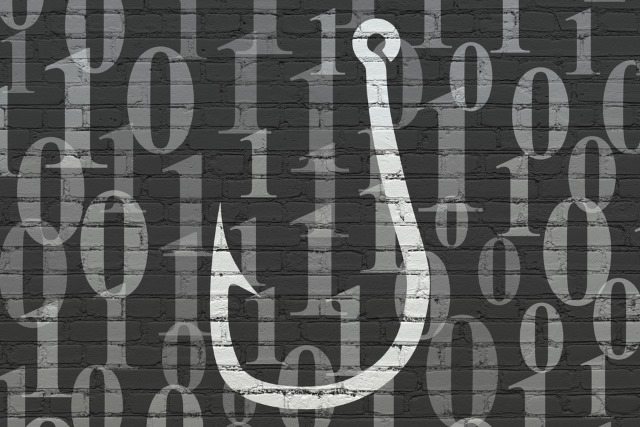
Word vulnerability, Windows bug, and 'Trump's_Attack_on_Syria' document used in Sednit phishing attack
The Sednit group believed to have been involved in interference with the French election was also responsible for a phishing attack that used President Trump to lure in victims. Security firm ESET analyzed a phishing email with an attachment named Trump's_Attack_on_Syria_English.docx and found that it had the hallmarks of the well-known group.
The document was engineered to infect victims' computers with the Seduploader tool, and it did this by exploiting two vulnerabilities, one in Microsoft Word, and one in Windows. Sednit -- previously known as APT28, Fancy Bear, and Sofacy -- took advantage of a recently discovered Remote Code Execution vulnerability in Word (CVE-2017-0262) as well as a security hole in Windows (CVE-2017-0263) in executing the attack.

Microsoft fixes 'crazy bad' Windows vulnerability
Over the weekend, two of Google’s Project Zero security researchers announced that they had discovered a "crazy bad" Windows exploit, describing it as the "worst in recent memory."
Project Zero gives firms 90 days to fix such discoveries, but Microsoft swiftly jumped on this problem, and just two days later has come up with a fix.
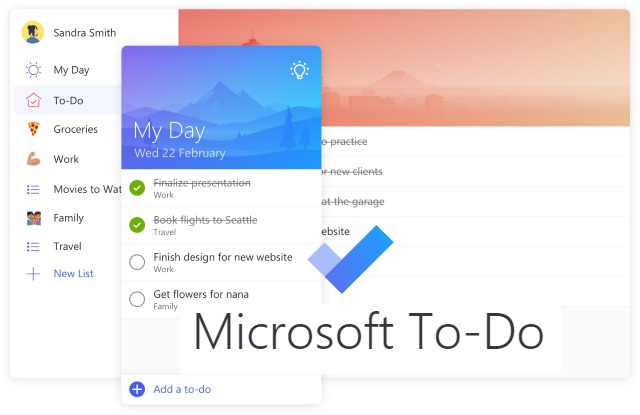
Microsoft To-Do preview for iOS, Android, Windows and web signals the death of Wunderlist
Any organized soul worth their salt has a good to-do service (or two) to support them. This is something that has been strangely lacking from Microsoft, but this is all set to change with Microsoft To-Do.
This reminder app has been in the works for a little while under the codename of Project Cheshire, but Microsoft has just launched a preview version of it. The online service works in conjunction with apps for iOS, Android and Windows, and you can try it out for yourself right now.

Microsoft already fixed the 'Shadow Brokers' exploits on supported versions of Windows
Say what you want about Microsoft, but the company stays on top of security. Yeah, it may issue more patches and fixes for Windows compared to some other operating systems, but that doesn't necessarily mean the OS is less secure -- it could mean that the company is simply more proactive and transparent than others. Quite frankly, I'd rather get many patches than be lulled into a false sense of security.
When hacking group "Shadow Brokers" started leaking NSA-discovered exploits, many people were understandably worried. While the leaks would enable operating system makers to issue patches -- thereby making the OS more secure -- it also meant that before the fixes were issued, many computers would be at an increased risk. Luckily, when it comes to the recently leaked Windows exploits, Microsoft was already prepared -- currently supported versions of the operating system are not impacted.

WikiLeaks' Vault 7 revelations continue: Grasshopper is the CIA's Windows malware maker
The latest batch of documents published by WikiLeaks as part of its Vault 7 CIA series purportedly reveals the tools used by the agency to create malware for Windows. The Grasshopper framework is revealed in 27 documents, and they show how to create Windows installers with a malware payload.
Importantly, Grasshopper allows for the easy creation of custom malware delivery options, dependant on the operating system and virus protection detected on a target machine. The documents show that the CIA repurposed malware from Russian and Italian organized crime groups.

Clean and optimize your PC with Black Bird Cleaner
Black Bird Cleaner is a suite of PC cleanup and optimization tools, available in a cut-down free version and a $24.95 Pro build.
The program requires installation, but takes up minimal hard drive space -- barely 1MB -- and doesn’t install any system components.

Hide your ID online with Random User-Agent for Google Chrome
Whenever you visit a website your browser hands over a user agent, a text string which tells the site about your browser, operating system, plugins and more.
This scheme was designed to help sites customize themselves to different devices, but user agents can be misused to help fingerprint your computer and track you online.
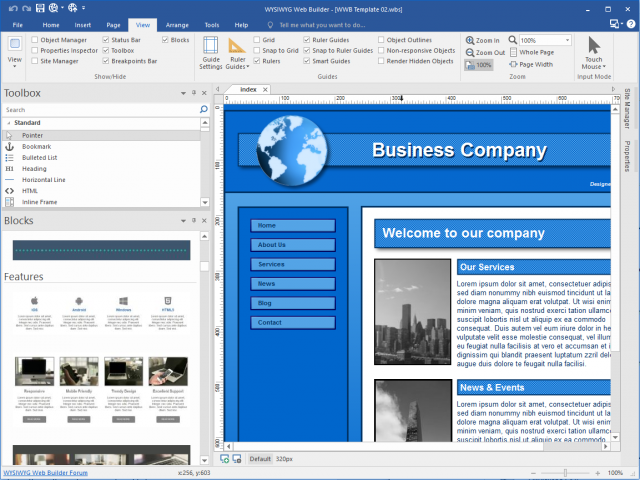
WYSIWYG Web Builder 12 makes building websites easier than ever with new Blocks feature
Pablo Software Solutions has released WYSIWYG Web Builder 12, a major new version of its DTP-style web building tool for Windows users.
Version 12 introduces over 125 new and improved features, with one brand new addition in the form of Blocks, a new option for quickly adding predefined blocks of objects to the workspace. Other highlights include a photo collage tool, CSS flexbox support and new Easy Mode feature.
